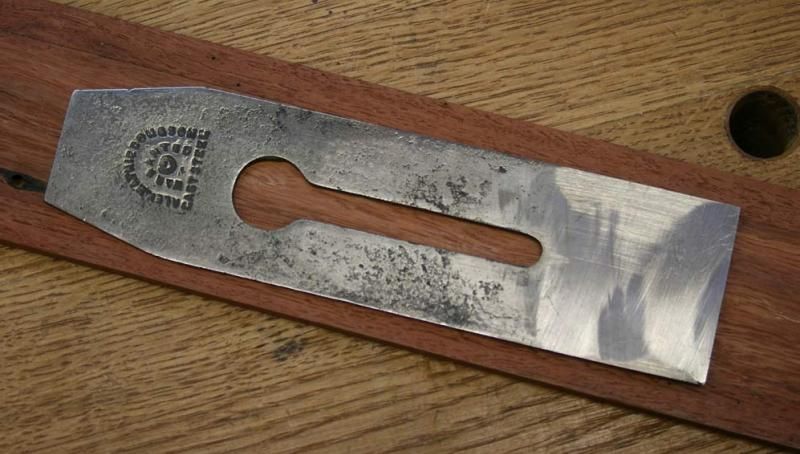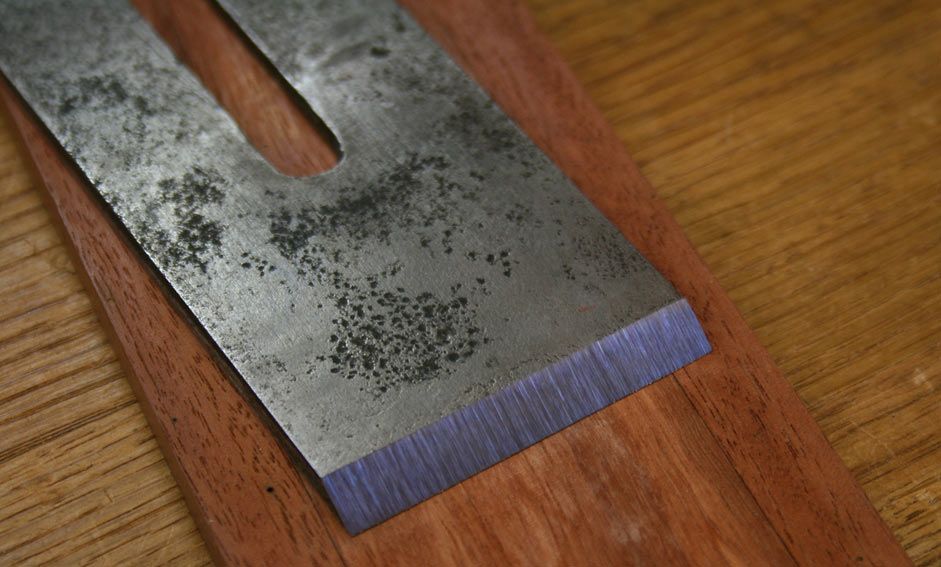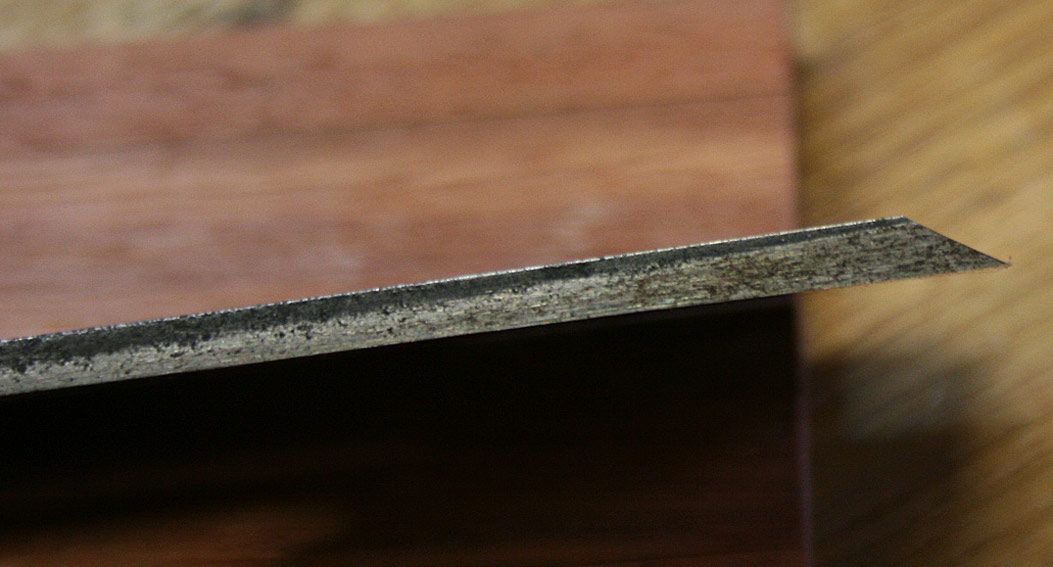Derek Cohen (Perth Oz)
Established Member
Hi Charles
I agree with you. It is simply not possible for any medium for long to be used without a way to remove swarf. It has to build up in the valleys. It is not only Spyderco that state they can be used dry, but diamond stones - and indeed you suggested sandpaper for a dry system as well. But we know that swarf has to be brushed from sandpaper, and then there is this dust.
When I think of the way I use the Spyderco stones I recognise that I am actually not using them "dry" in the sense that they are used without any lubrication. My workshop has running water, which was plumbed in specifically for sharpening with waterstones. I hone on the draining board. After each grit a blade water runs over it to remove the swarf on the blade. I could just use a paper towel but water is easier. I do not dry the blade, and consequently the water on the blade lubricates the next stone.
I do envisage these stones will need some maintenance, such as scrubbing, but that this will be far less than the upkeep of waterstones. There is also far less paranoia about flatness, although I do suspect that they will wear and that this needs to be part of the maintenance cycle.
What I can reaffirm is that the Spyderco stones have not loaded up, do not have the mess associated with waterstones - even ceramic waterstones, and produce a good finish. In other words, they are a cleaner medium, for which my hands are grateful.
Regards from Perth
Derek
I agree with you. It is simply not possible for any medium for long to be used without a way to remove swarf. It has to build up in the valleys. It is not only Spyderco that state they can be used dry, but diamond stones - and indeed you suggested sandpaper for a dry system as well. But we know that swarf has to be brushed from sandpaper, and then there is this dust.
When I think of the way I use the Spyderco stones I recognise that I am actually not using them "dry" in the sense that they are used without any lubrication. My workshop has running water, which was plumbed in specifically for sharpening with waterstones. I hone on the draining board. After each grit a blade water runs over it to remove the swarf on the blade. I could just use a paper towel but water is easier. I do not dry the blade, and consequently the water on the blade lubricates the next stone.
I do envisage these stones will need some maintenance, such as scrubbing, but that this will be far less than the upkeep of waterstones. There is also far less paranoia about flatness, although I do suspect that they will wear and that this needs to be part of the maintenance cycle.
What I can reaffirm is that the Spyderco stones have not loaded up, do not have the mess associated with waterstones - even ceramic waterstones, and produce a good finish. In other words, they are a cleaner medium, for which my hands are grateful.
Regards from Perth
Derek





































